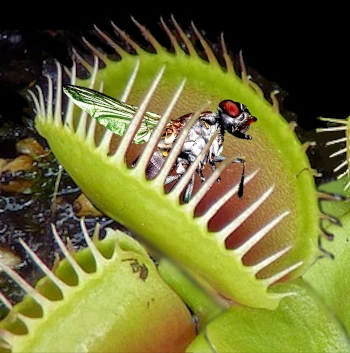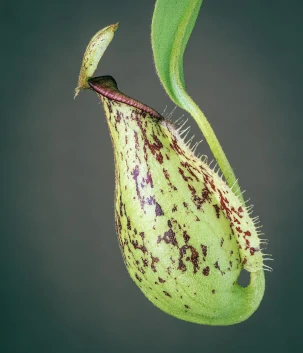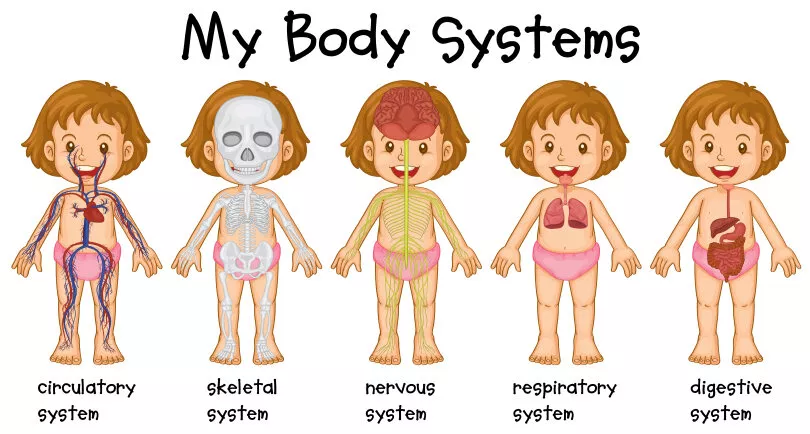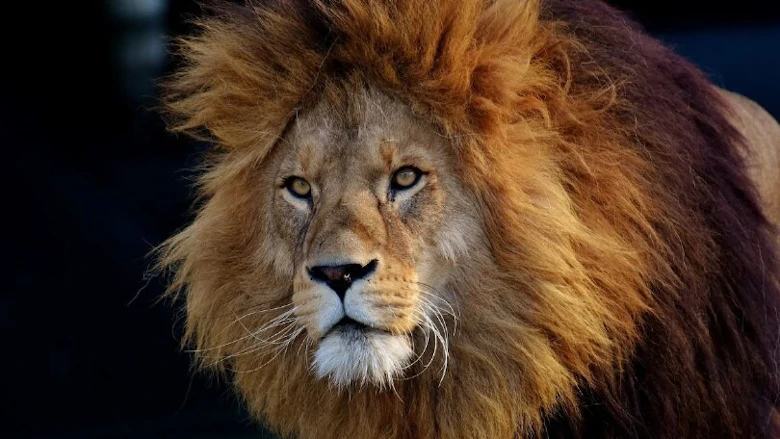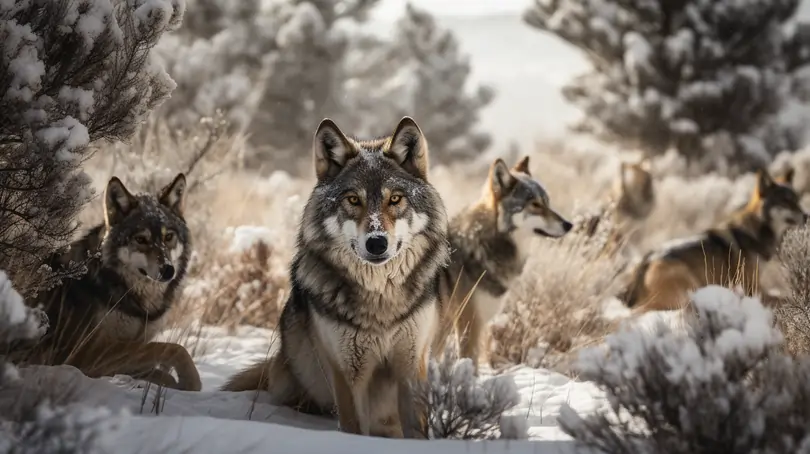Food Chains: Roles And Relationships
In this article, you will be introduced to food chains according to the Singapore Primary 6 Science Syllabus. We will focus on the following:
- type of food that different animals feed on
- predator-prey relationship
- food chain
- decomposers
What is a food producer?
A food producer is an organism that makes its own food. Plants are examples of food producers as plants are able to make their own food by the process of photosynthesis. Plants are able to make their own food because they contain chlorophyll to trap light energy from the Sun to provide them with the energy to make food. Photosynthesis is the process whereby carbon dioxide and water are taken in by the plants in the presence of sunlight to make food and release oxygen at the same time. The food made by plants is the energy source for them to carry out their life processes. The food producers are usually the largest in population size in a food chain.
What are food consumers?
Food consumers are organisms that consume food in order to obtain energy. Different food consumers feed on different types of food. The food consumers can be grouped into the following: herbivores, omnivores, and carnivores.
A herbivore or a plant-eater is an animal that feeds on plants for food. An omnivore or a plant-and-animal eater is an animal that feeds on both plants and animals for food. A carnivore or an animal-eater is an animal that feeds on animals for food.
What is a predator and a prey?
A predator is an animal that obtains its food primarily by consuming other animals.
A prey is an animal that other animals hunt for food.
Examples of predator-prey relationships:
| Predator | Prey |
|---|---|
| bear | fish |
| lion | zebra |
| fox | rabbit |
What is a food chain?
A food chain shows how organisms are related to each other by the food that they eat in the ecosystem. It also shows the energy transfer from one organism to the next organism. A food chain shows how each organism is dependent on each other for survival. A balance in nature is important to ensure the survival of the organisms.
A food chain always begins with a food producer (plant). The energy from the food producer is being passed down or transferred to the organisms that consumed it.
Read more about the food chain in our article: From producers to top predators: Understanding the food chain.
How to write a food chain?
An arrow (→) is used to represent ‘consumed by’ or ‘energy transferred’.
For Example:
The deer feeds on the cow grass while the lion feeds on the deer. The food chain will be as follows:
\(\textbf{cow grass } \xrightarrow[]{\quad\textit{ eaten by }\quad} \textbf{ deer } \xrightarrow[]{\quad\textit{ eaten by }\quad} \textbf{ lion}\)
Do take note that the Sun is not part of a food chain even though food producers or plants take in energy from the sun to make food.
Fun fact: Carnivorous plant - producer or consumer?
Carnivorous plants are plants that eat small animals and insects.
Carnivorous plants are food producers as they are able to make their own food through photosynthesis. However, these plants grow in soil that is poor in nutrients. In order to survive in their harsh environment, they have to feed on other organisms to obtain sufficient nutrients to survive better in their environment.
Examples of carnivores:
|
Image Credits: pixabay - Dugeot |
Image Credit: pixabay - illuvis |
Decomposers
Have you ever wondered why the forest and jungles are not littered with fallen leaves or remains of dead animals?
This is due to a group of organisms known as decomposers. Decomposers help to break down dead organisms such as plants and animals into simpler substances and return them back to the soil as nutrients for the plant through a process known as decomposition. Examples of decomposers are fungi and bacteria.
Decomposition is the process whereby dead organic matter is broken down into simpler substances such as carbon dioxide, water and minerals that are important for the survival of plants. Plants take in carbon dioxide and water for photosynthesis and minerals for them to grow well.
Conclusion
In this article, we learnt about food chains and decomposers. We also explored the different types of food consumers such as herbivores (plant eaters), omnivores (plant-and-animal eaters) and carnivores (animal eaters) and the predator-prey relationship among the animals.
| Continue Learning | |
|---|---|
| Interaction: Introduction to Force | Living Together |
| The Environment And Relationships | Food Chains: Roles And Relationships |
| Interaction Of Forces: Friction | Food Webs: Roles And Relationships |
| Energy In Food | |
Test Yourself
The following shows some examples of how energy is transferred from one living thing to another.
maize → rat → owl
grass → deer → lion
carrot → rabbit → fox
Based on the food chains above, which of the following statements about energy transfer are correct?
- The lion gets energy directly from the grass.
- The fox gets energy directly from the rabbit.
- The transfer of energy always begins with the Sun.
- The main source of energy for the food chains is plant.
Choose the correct option
Statement 1 is incorrect as the lion gets its energy indirectly from the tree.
Statement 4 is incorrect because the Sun is the main source of energy for all organisms.
The food chain below shows how energy is being transferred from the algae to different animals.
algae → zooplankton → small fish → large fish → shark
Based on the food chain above, which of the following statements are true?
- The shark gets energy directly from the large fish.
- The zooplankton gets energy directly from the algae.
- The large fish gets energy indirectly from the small fish.
- The zooplankton is the only food producer in the food chain.
Choose the correct option
Algae is the only food producer in the food chain.
The large fish gets energy directly from the small fish.
Michael came up with the following statements regarding decomposers.
- They help make the soil fertile.
- They make their own food and purify the air.
- They help to get rid of dead organisms and wastes.
- They speed up the process of decomposition by breaking down plant and animal wastes into smaller pieces.
Which of the statements made by Michael are correct?
Decomposers help to make soil fertile by breaking dead plants and animals into simpler substances which are returned back to the soil as nutrients for the plants. Decomposers do not make their own food as they do not have chlorophyll.
Which of the following statements about decomposers is/are true?
- Bacteria and fungi are decomposers.
- Decomposers enrich the soil with nutrients for plants to grow.
- Decomposers break down dead matter and animal waste into smaller pieces.
Choose the correct option
Bacteria and fungi are decomposers which help to break down dead organic matter into simpler substances that are returned back to the soil as nutrients for the plants.




 SG
SG  VN
VN 
